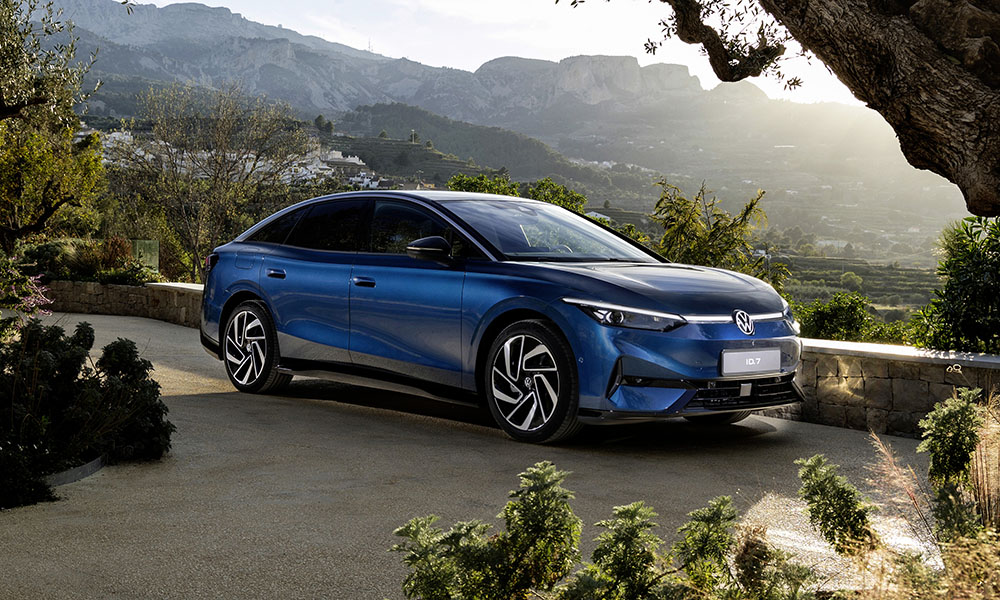
Back in January, Volkswagen teased a camouflaged version of the ID.7 at the CES in Las Vegas, but now we finally get to see the final product. If you had to describe the appearance of this freshly unveiled machine with one word, then “underwhelming” might work—and that’s not necessarily a bad thing.
Meant to compete with the Tesla Model 3 and similar upper midrange models, it has to strike a balance between mass appeal and modern design. The sleek-looking hatchback sedan continues the design language of the ID. family and promises big things.
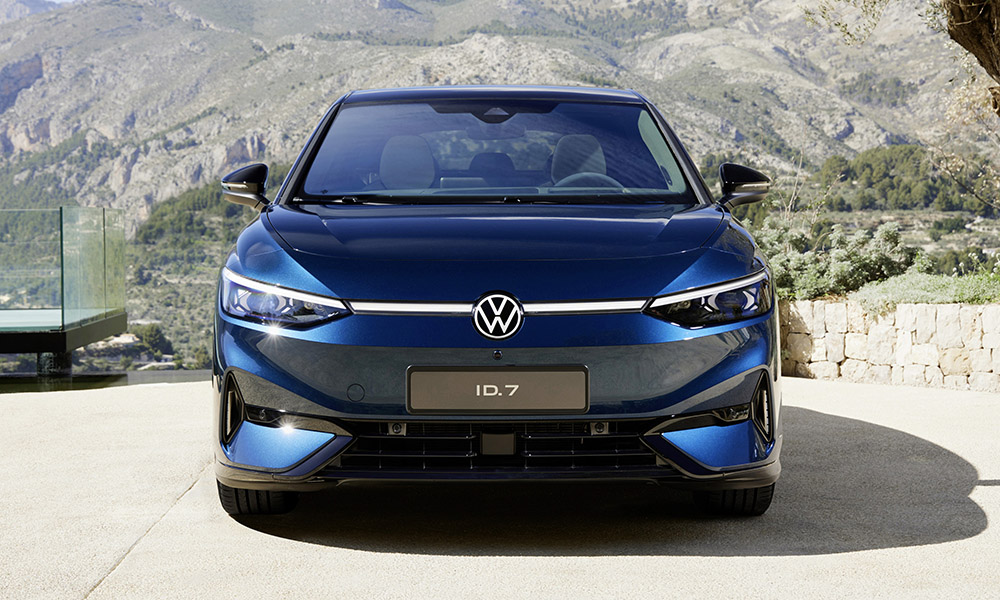
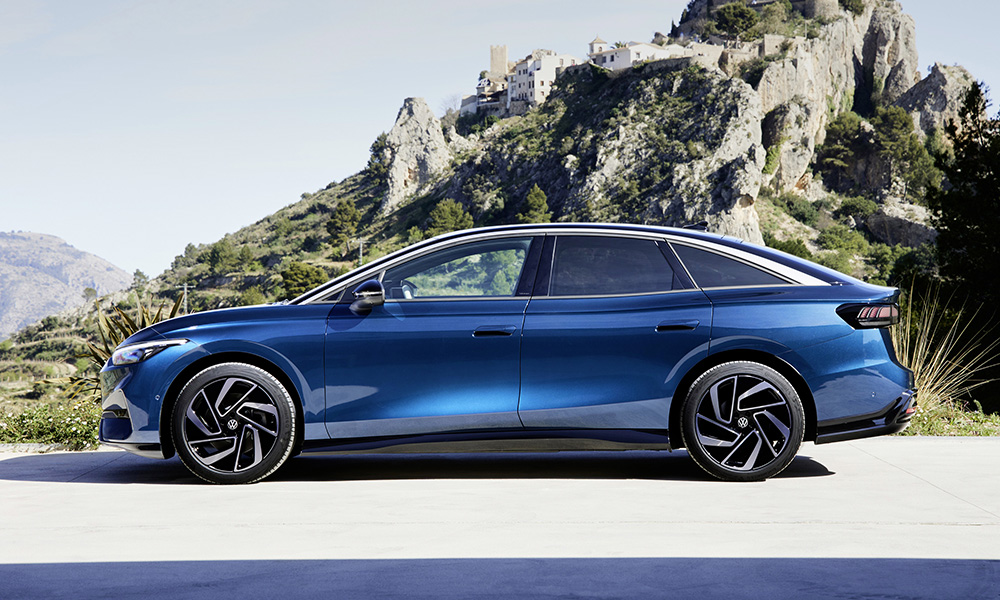
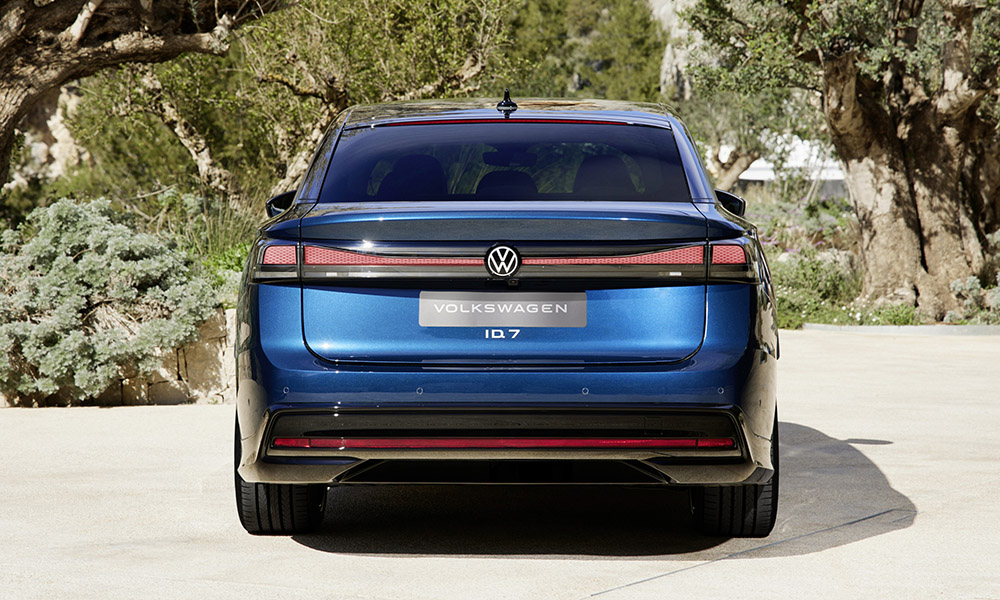
The ID.7 is a proper family-sized car, and stands 4,961mm long, 1,862mm wide, and 1,538mm tall, with a wheelbase of 2,966mm. It not only looks sleek, but also features an impressively low drag coefficient between 0.23 and 0.24, depending on the model. A largely closed front features narrow LED headlights and the ID-typical LED light strip, with the VW logo taking a prominent spot in the middle.
The profile view and the roofline have been cleverly designed to look light and sleek by finishing the roof and its pillars in glossy black and giving the roof frame moldings an aluminum look. Fitted with 18- or 19-inch rims, the ID.7 cuts an elegant figure that pleases the eye without upsetting it, which is pretty much what any Volkswagen is supposed to do.
An almost continuous strip of LED lights adorns the rear, interrupted only by the VW emblem that glows white as long as the driving lights aren’t switched on. The hatch features a pronounced spoiler lip, and a black apron visually balances the proceedings below.
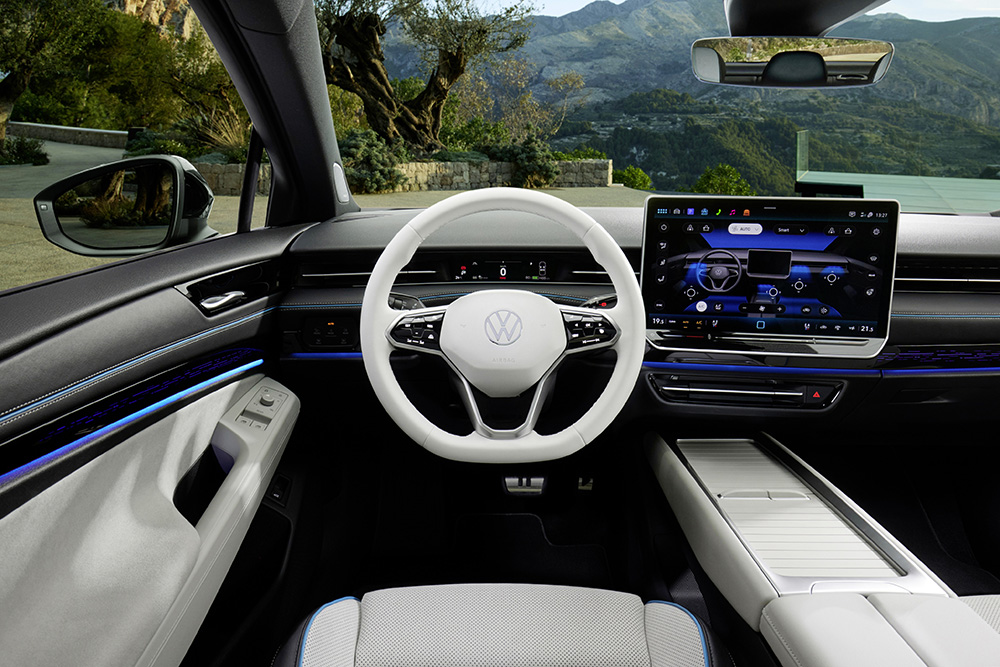
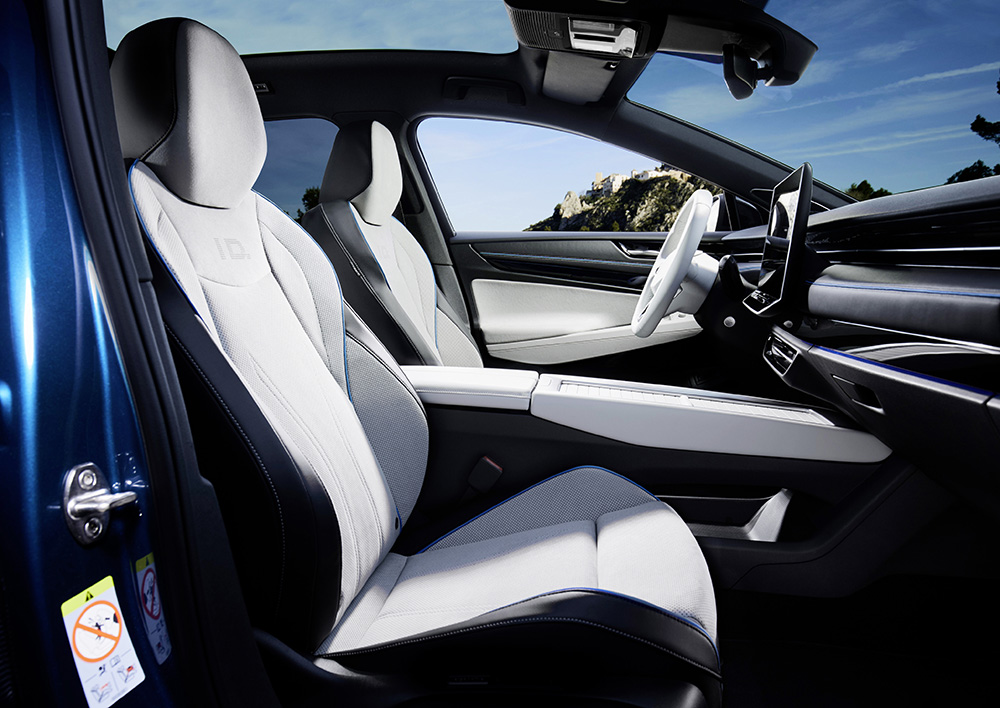
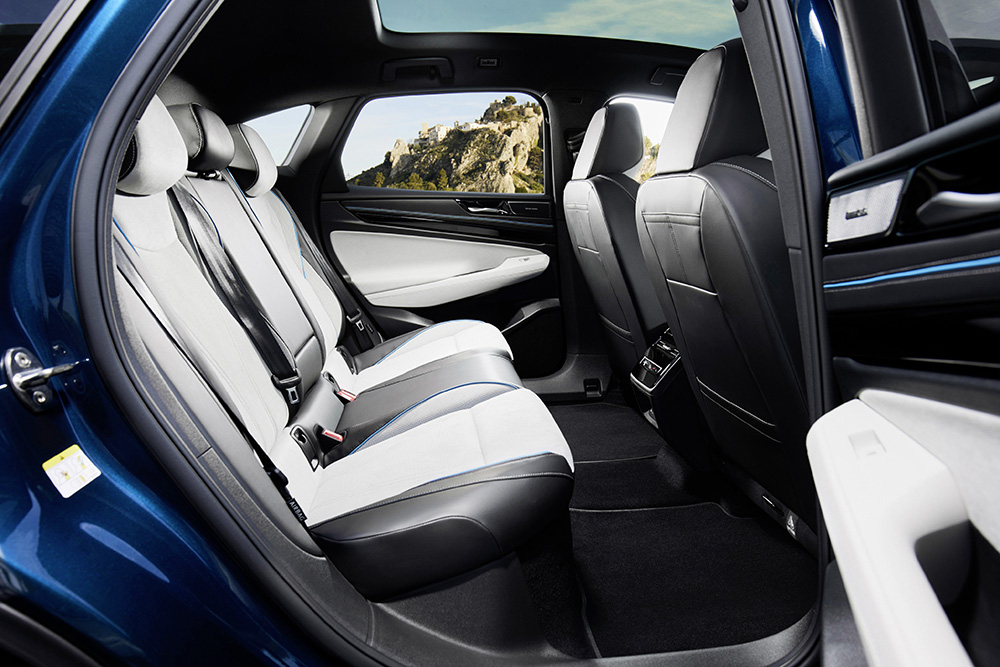
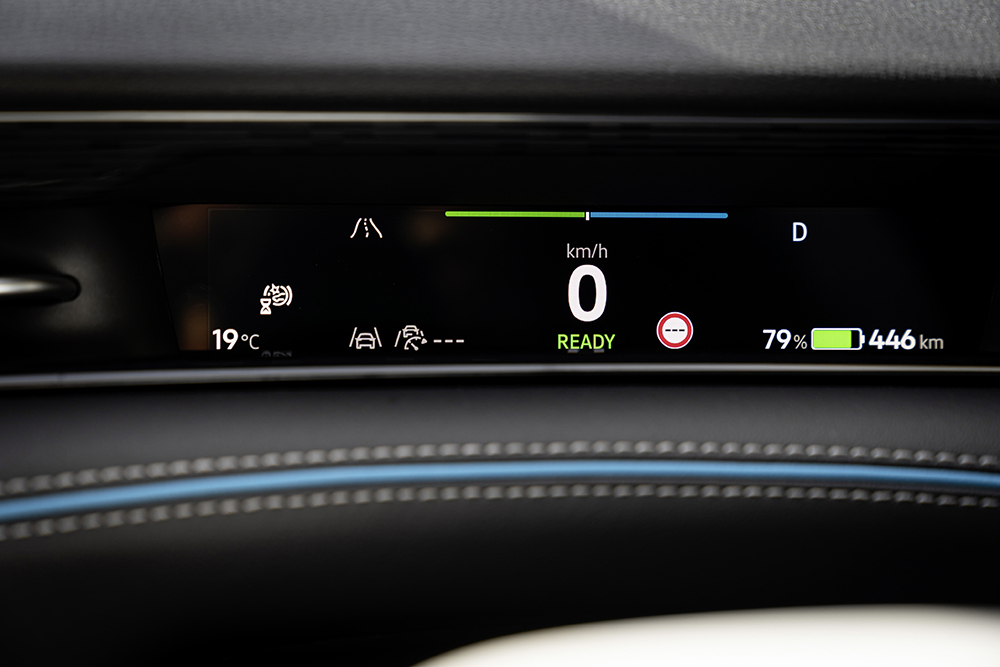
Taking onboard previous criticism, the Germans have clearly tried to improve the quality and the appearance of the interior. Not only is there plenty of space, but the seats have automatic air-conditioning and, if desired, a massage function. The upholstered dashboard has a premium look now, and will hopefully be as soft to the touch as the pictures suggest.
The 15-inch free-standing infotainment touchscreen inclined toward the driver’s seat is visually dominant, and VW promises that its operating logic has been simplified. The luggage volume, which has not yet been officially quantified, is said to be more than 500L and should be enough for anything from grocery shopping to road trips.
VW has minimized the size of the driver information display, and it only displays the legally required minimum, such as speed and warning messages.
Other information essential for driving is virtually projected in front of the ID.7 with the standard augmented-reality heads-up display. Overlaying data into the real world in front of the car in this way sounds interesting, but it will remain to be seen if drivers will take to it as an everyday feature.
Drivers around our shores will be happy to learn that the air-conditioning works with intelligent vents that recognize the driver using the key, and activates cooling even before you get in. The new Smart Air Vents can open and close both horizontally and vertically, and distribute airflow over a large area using a waving function.
The ID.7 also features a voice control assistant called Ida that is at hand to help you set the temperature, change the ambient lighting, or the transparency of the optional sunroof. All you have to do is say, “Hello, Ida,” followed by your wish.
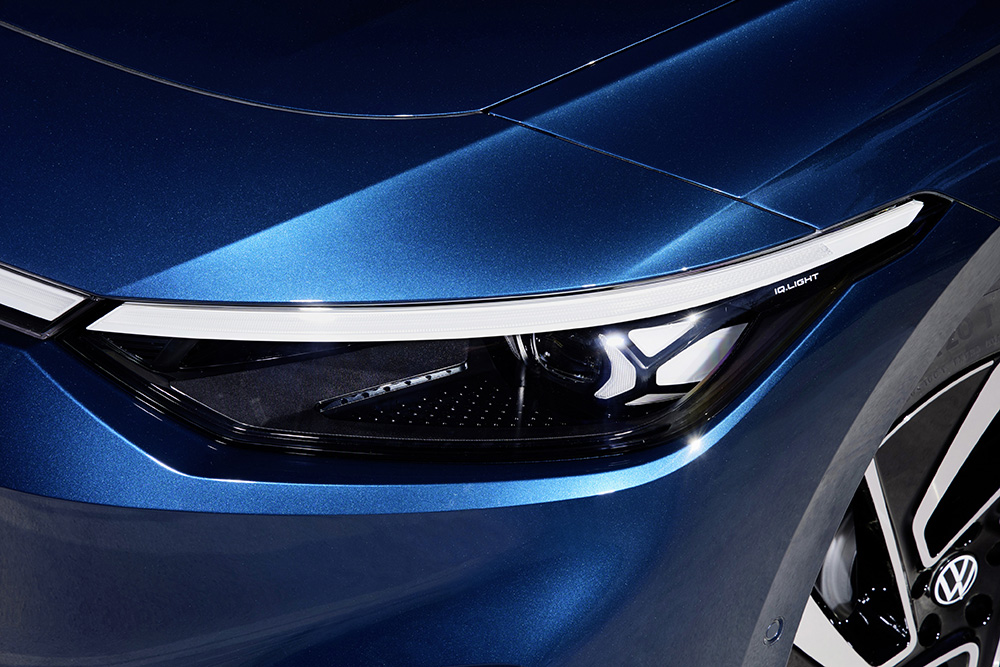
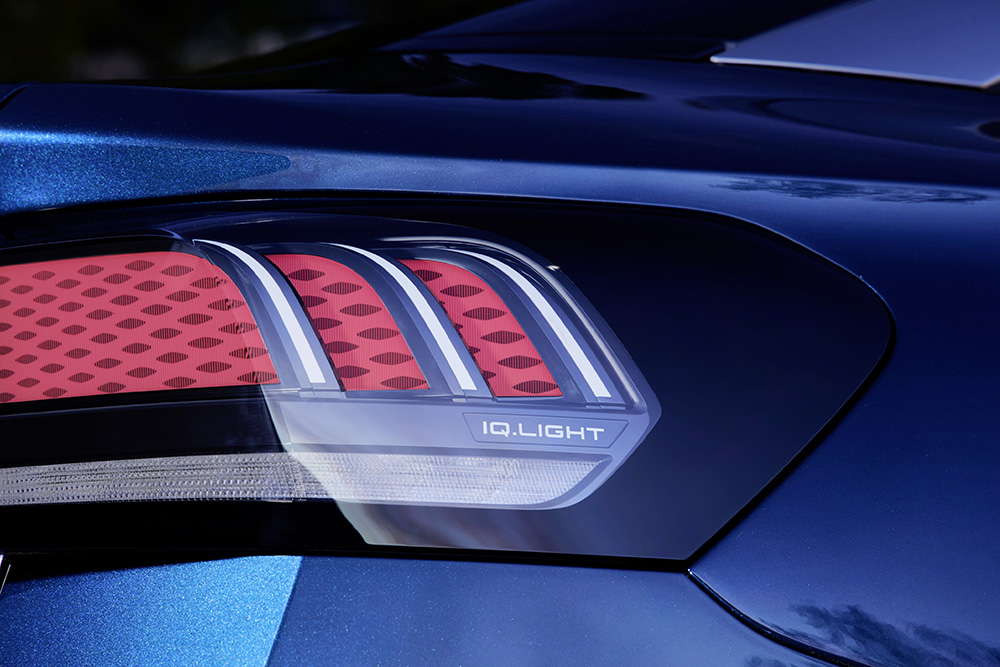
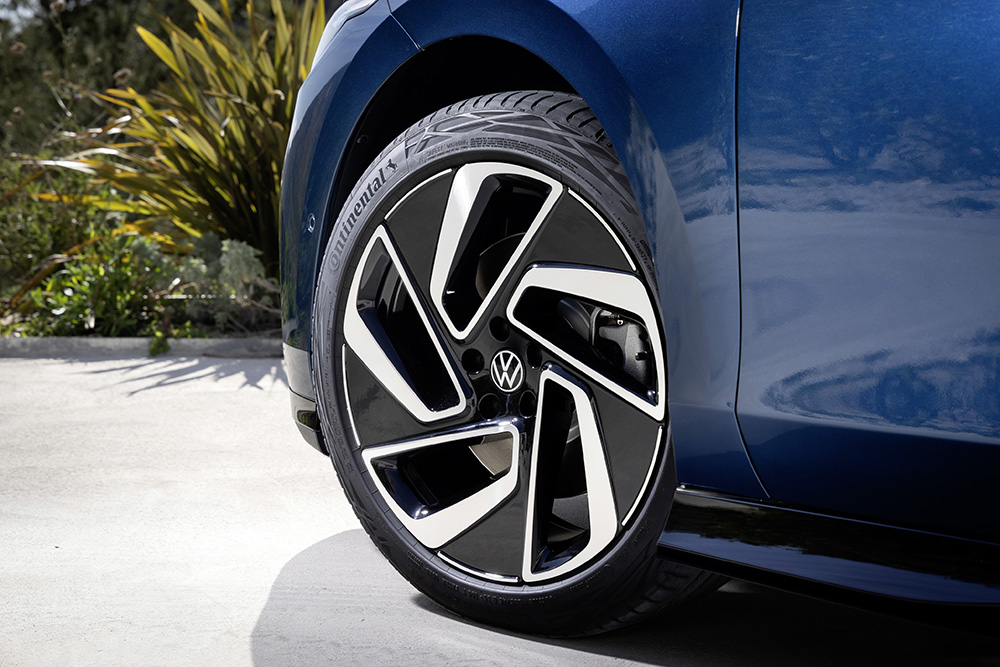
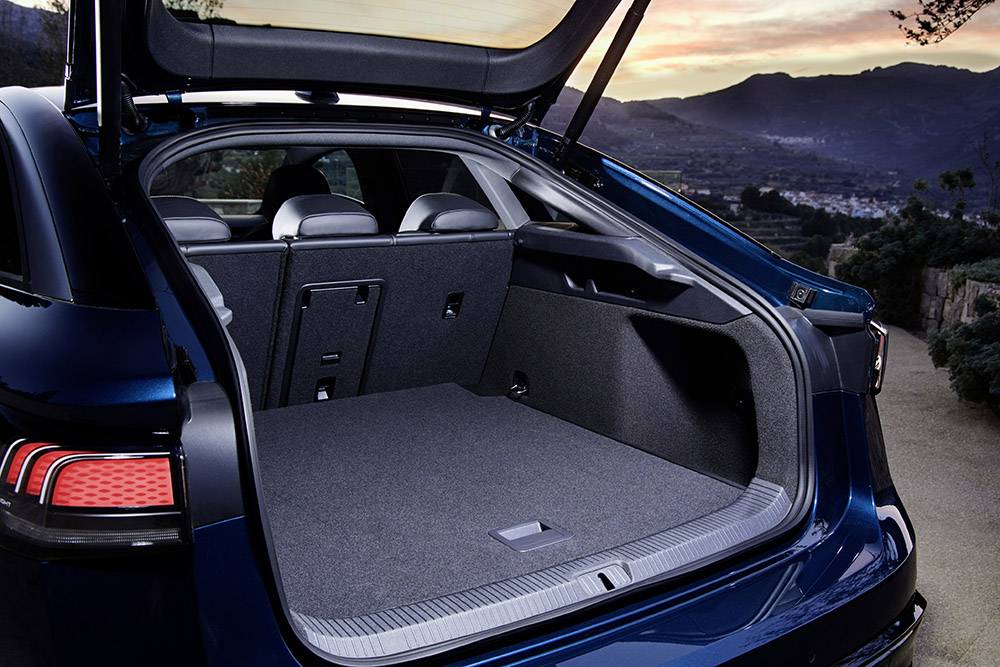
The ID.7 is based on Volkswagen’s MEB modular electric drive system, and is the first electric VW to use a newly developed motor called the App 550. It will initially be launched in a single-engine variant putting out 286hp and 550Nm, with a range-topping GTX version being a possibility later on.
The Germans are offering the ID.7 with two battery variants. The Pro variant features a net capacity of 77kWh net (82kWh gross), can be charged with a maximum output of 170kW, and promises a maximum range of up to 615km per charge. The ID.7 Pro S features an 86kWh net (91kWh gross) energy storage unit that can be charged at up to 200kW, and should be good for an impressive 700km of range under WLTP conditions.
The firm is also equipping the ID.7 with a further developed version of its Travel Assist feature, that can independently take over the lateral and longitudinal guidance of the car on expressways at speeds from 90km/h.
It will automatically stick to speed limits, adjust its speed while cornering, or when maneuvering through roundabouts and intersections. It can even change lanes on highways on its own. On top of that, it can also park itself. If all that will work on our roads remains to be seen.
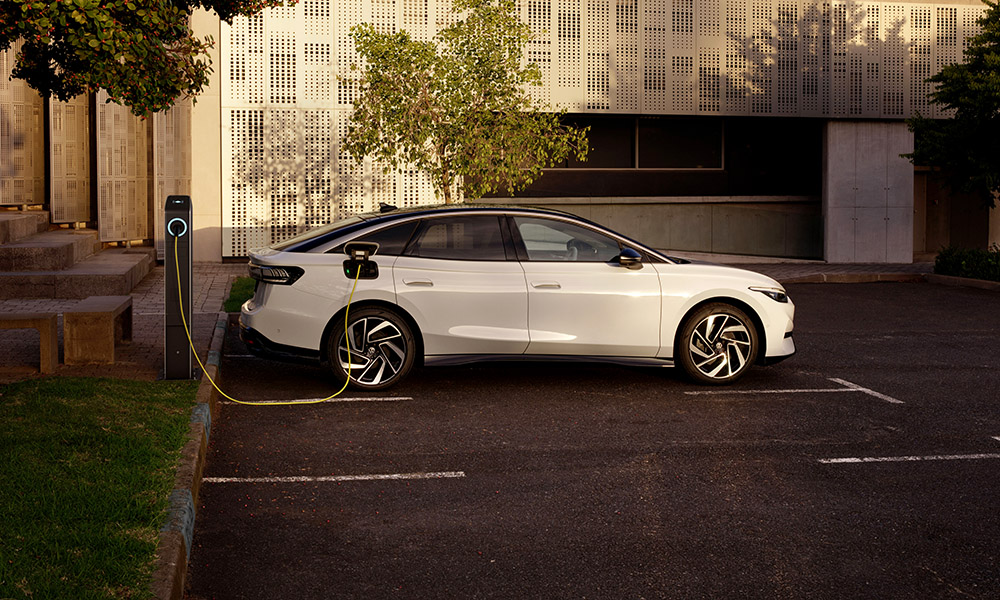
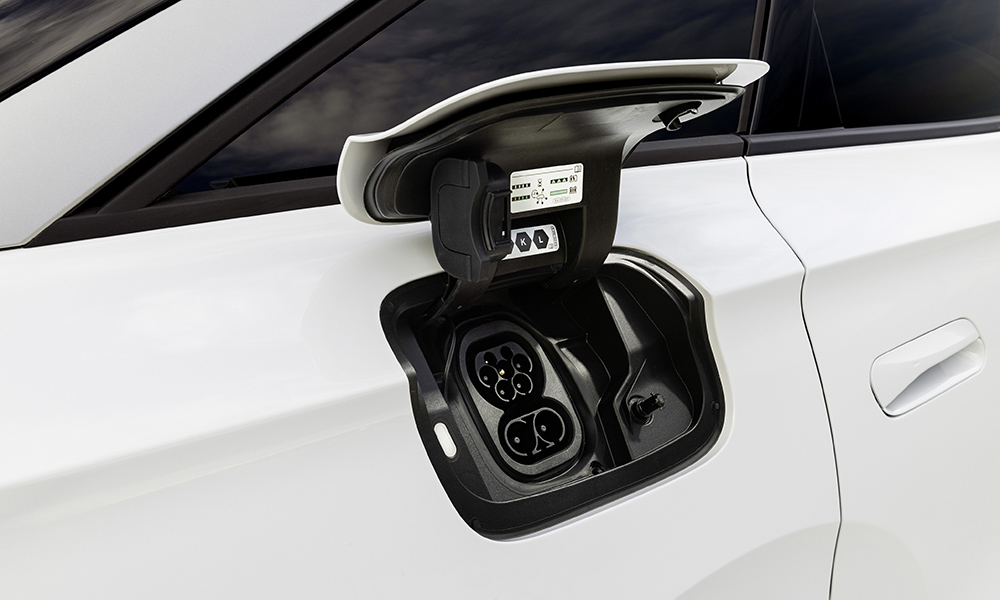
Volkswagen is building the ID.7 for the markets in Europe and North America at the Emden plant in Germany, with production set to start in the second half of the year.
Sales will start in the summer, and the first deliveries will take place in the fall. Later in the year, production of the model will also start in China.
And while the carmaker has not revealed pricing yet, we are somewhat hopeful that the China-made version may not only make it to our shores in a timely manner, but may also be sporting an attractive price point.


0 Comments